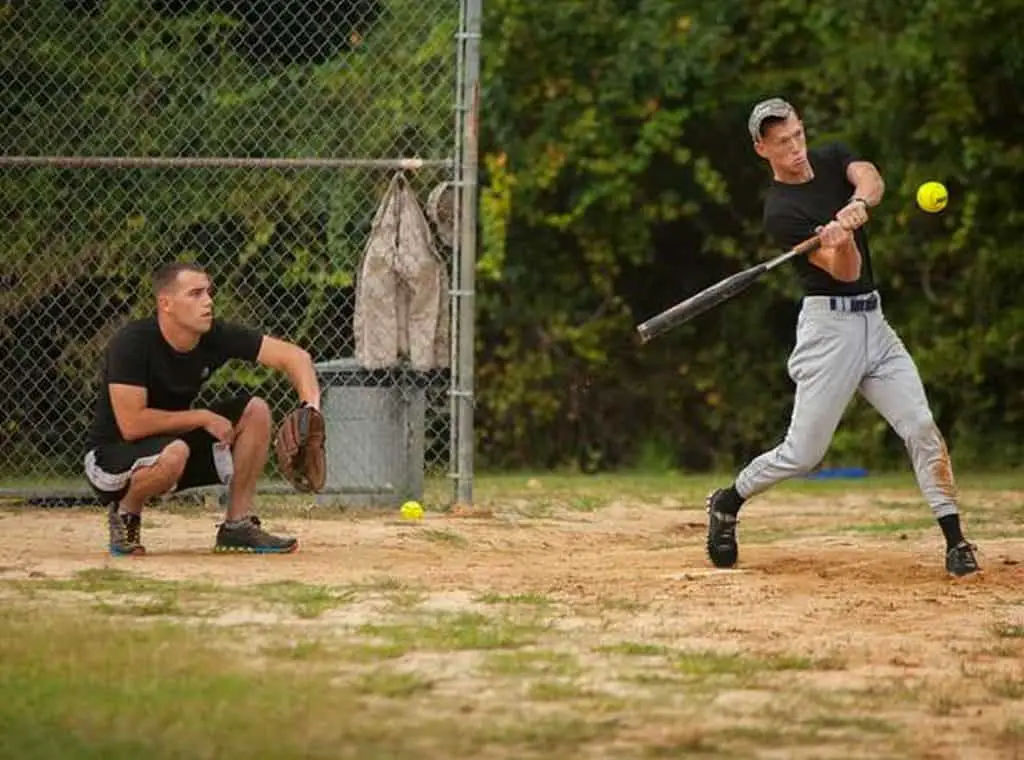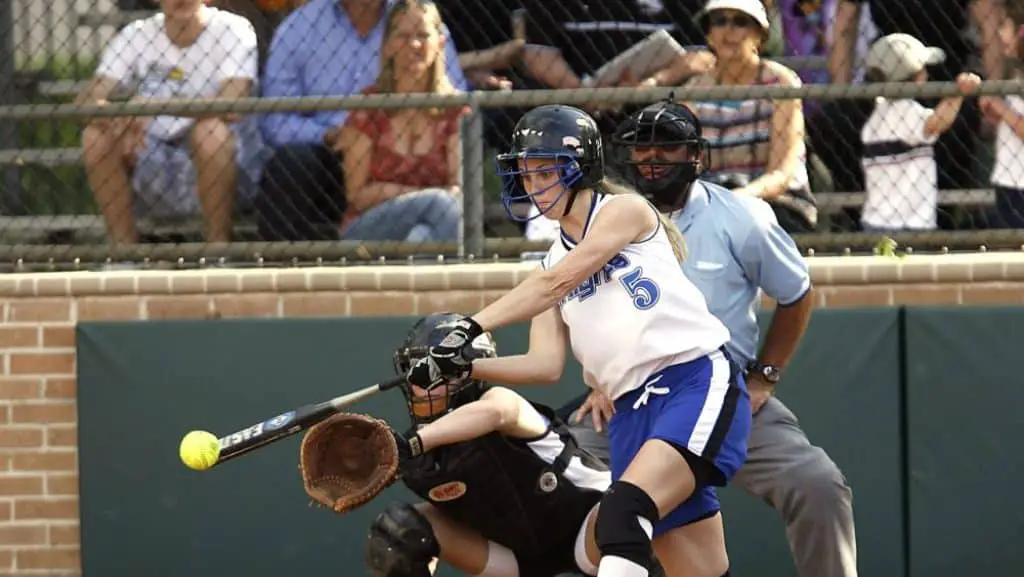What Is OPS In Softball? (Answered In Detail!)
Softball, similar to baseball, is way ahead of most other major sports when it comes to implementing statistics to evaluate players and devise game strategies.
While a lot of old-school fans still swear by the eye test, it’s undeniable that using stats helps us better understand the game and properly assign value to certain players.
This is particularly the case nowadays; with the boom of the advanced statistics we have seen in recent years.
Statistics has a long history in softball, but experts are constantly developing new metrics that will give a precise picture of what’s going on the field.
To that point, some traditional statistical categories, such as BA (batting average), are slowly making way for more advanced stats.
For example, many agree that OPS (On Base Percentage plus Slugging) provides the best way to evaluate how successful a certain hitter is. So, what is OPS in softball?
Table of Contents
What Is OPS In Softball?

Like many things in softball, OPS (On Base Percentage plus Slugging) first appeared in baseball.
However, due to some differences between the two sports like different pitching distances, it may even carry greater importance in softball.
The OPS itself is a combination of two other statistical categories: OBP (On Base Percentage) and SLP (Slugging Percentage).
OPS adds the two together in an effort to create a more valuable, catch-all stat to describe a performance of a hitter.
This way, it measures the two most important indicators of a player’s game.
OPS tells us how often a player gets to the base and provides information on the quality of their hits.
Stats created like this is not only useful but, unlike some other modern stats, very easy to comprehend, even for casual fans.
To understand OPS, you first have to be clear about what each stat that goes into it means.
What Is OBP In Softball?
OBP or On Base Percentage is an improved and expanded version of BA (Batting Average).
The idea behind this stat is rather simple, it measures how many times a player gets on the base or how many times they avoid getting an out.
The advantage over BA is that, besides hits, it also includes walks, hit-by-pitches, and sacrifice flies. So, it indicates how many times a player has gotten to the base by any means.
To get the OBP value, the total number of these events is divided by the plate appearances of a batter.
In most cases, a batter’s OBP will be higher than their Batting Average.
What Is SLG In Softball?
SLG or Slugging Percentage, the other ingredient in OPS, is created to account not just for the number of home runs, but also a batter’s overall power.
It basically measures the quality of hits by a batter. This is done by assigning each base a number to determine what kind of a hit it was and weigh its quality.
Singles are 1, doubles are 2, etc. The Slugging Percentage is first calculated by putting together a number of hits multiplied by the assigned number. then, this sum is divided over the total at bats.
What Is A Good OPS In Softball?

The guru of baseball advanced statistics, Bill James has developed a scale that helps interpret how good a certain OPS value actually is.
His scale is also implemented in softball and works pretty well there, too. It’s one of the main tools for evaluating softball offense.
| OPS over .9000 | Great |
| OPS of .8333 to .8999 | Very Good |
| OPS of .7667 to .8333 | Above Average |
| OPS of .7000 to .7666 | Average |
| OPS of .6334 to .6999 | Below Average |
| OPS of .5667 and .6333 | Poor |
| OPS below .5666 | Atrocious |
Is OPS A Good Stat?
OPS is probably the best metric softball coaches have available to evaluate their offense.
As the modern technology used in the MLB, such as tracking the paths of batted balls is usually not used in softball games, OPS gives us the best insight into how a softball batter performs.
It’s important because it contains information on two essential skills for a batter; getting on base and power.
It’s better than BA as it includes other stats besides hits.
Also, adding slugging percentage to the formula expands the information provided by OBP and makes each hit count differently.
OPS does have some drawbacks, though. The main objection is that it treats OBP and SLG as the same in value.
However, OBP is more important than SLG as it affects scoring the runs more.
Per some studies, it’s nearly twice as valuable. OPS also fails to take into account different conditions at different ballparks.
How Is OPS Calculated?

One of the best things about OPS is its simplicity, at least compared to some other advanced statistical categories.
When you have the basic game stats of the game available, you don’t have to be a math wizard to calculate On Base Percentage plus Slugging.
It’s calculated by simply adding OBP and SLG, so, again, I’ll first look at how these two are calculated.
OBP Formula
The formula for calculating OBP look like this:
OBP = (H + BB + HBP) / (AB + BB + SF + HBP)
H stands for the number of hits, BB is bases on balls, HPB is times hit by a pitch.
In the other part of the equation, AB stands for official at-bats, while SF is sacrifice flies.
SLG Formula
The formula for SLG is rather simple:
SLG = TB / AB
TB is the total number of bases a player achieves, while the AB is again the number of official at bats.
As I said, each base is weighted differently. so a more detailed formula looks like this.
SLG = (1B + (2 x 2B) + (3 x 3B) + (4 x HR)) / AB
Here, 1B is one base, 2B is double, 3B is triple, and HR is home run.
OPS Formula
Once we have OBP and SLG values, the OPS is calculated by adding the two together.
OPS = OBP + SLG
Or, the more detailed version:
OPS = AB(H + BB + HBP) + TB(AB + BB + SF + HBP) / AB(AB + BB + SF + HBP)
Conclusion
Gone are the days when you could just rely on HR, RBI, and batting average to evaluate a softball player’s performance.
Softball coaches now have much better tools at their disposal and On Base Percentage plus Slugging is one of the most important.
It gives coaches, as well as fans, much more detailed and nuanced information of how good a certain batter actually is and how much their performance contributes to the team winning softball games.
OPS does have some disadvantages, but it’s still highly popular. This is mainly to its simplicity and ability to catch more than one aspect of a batter’s game.




